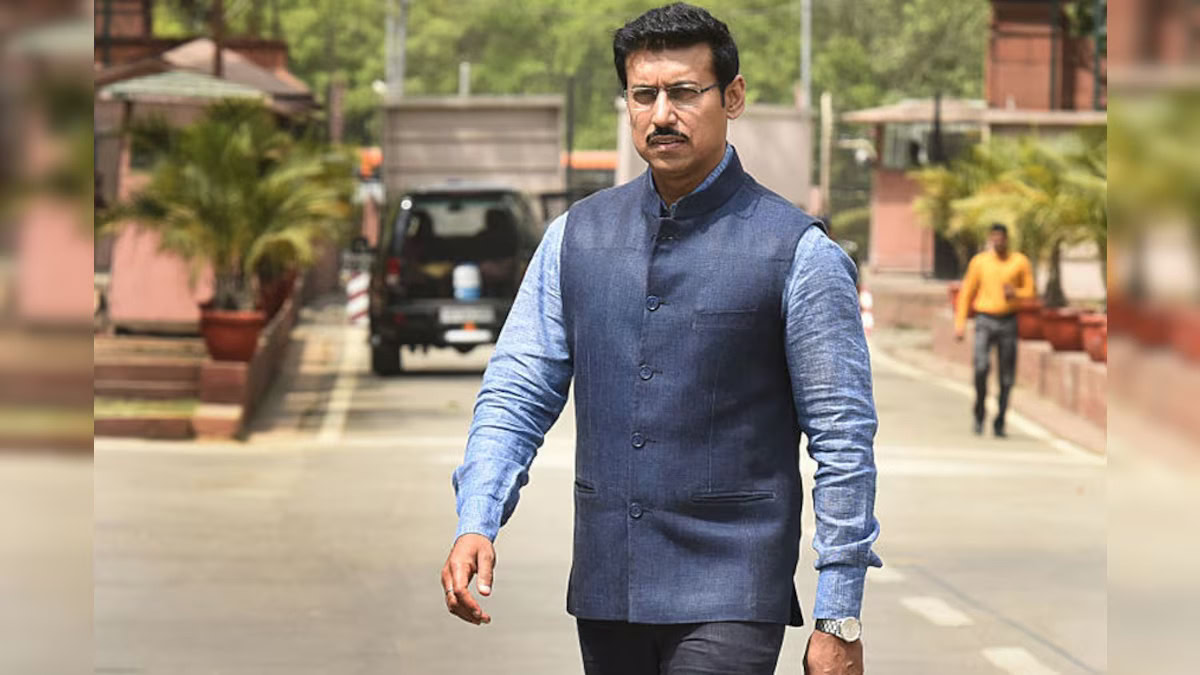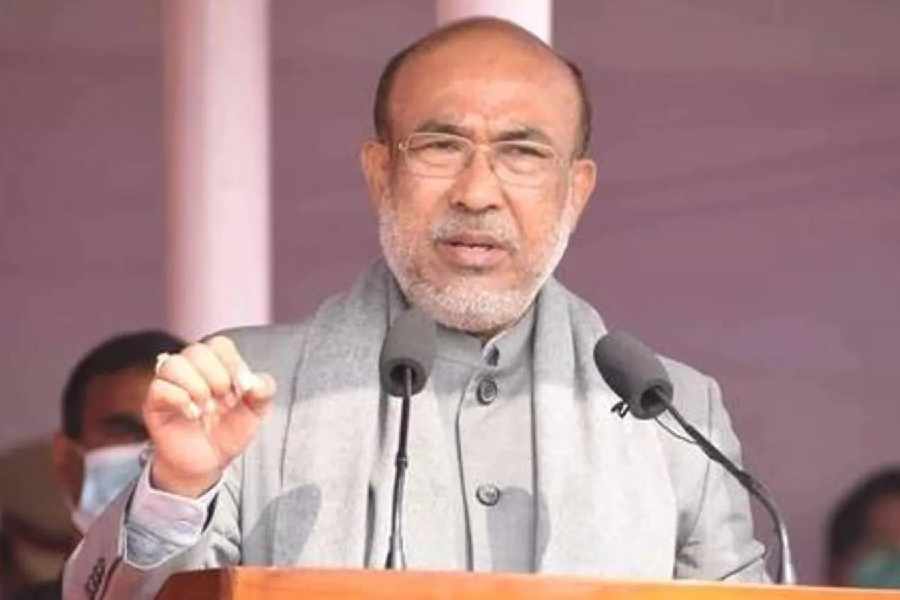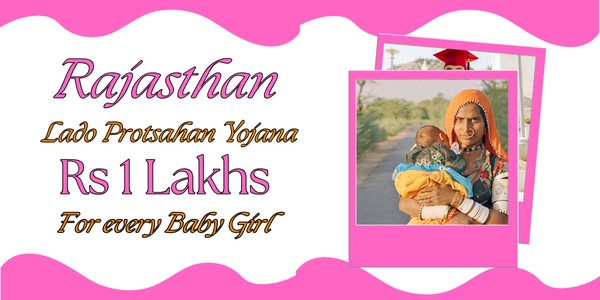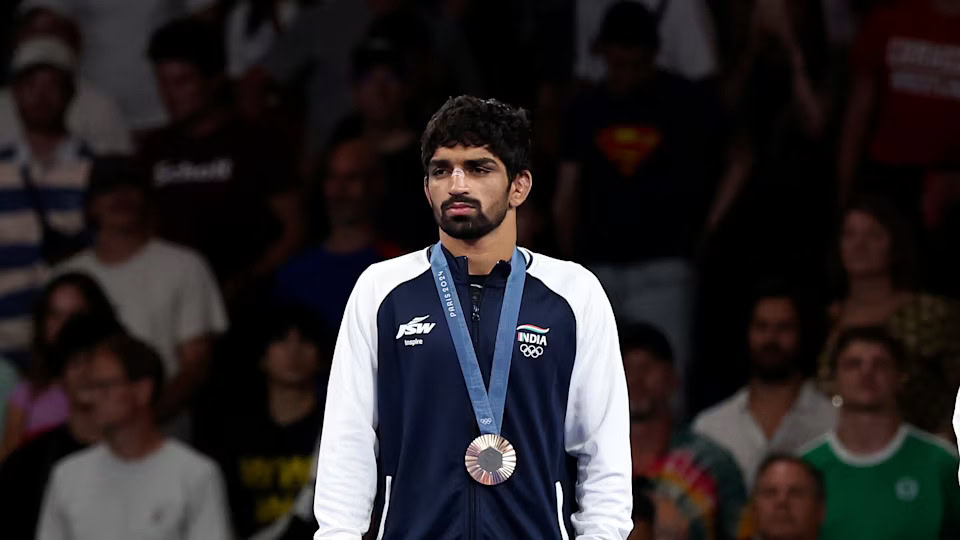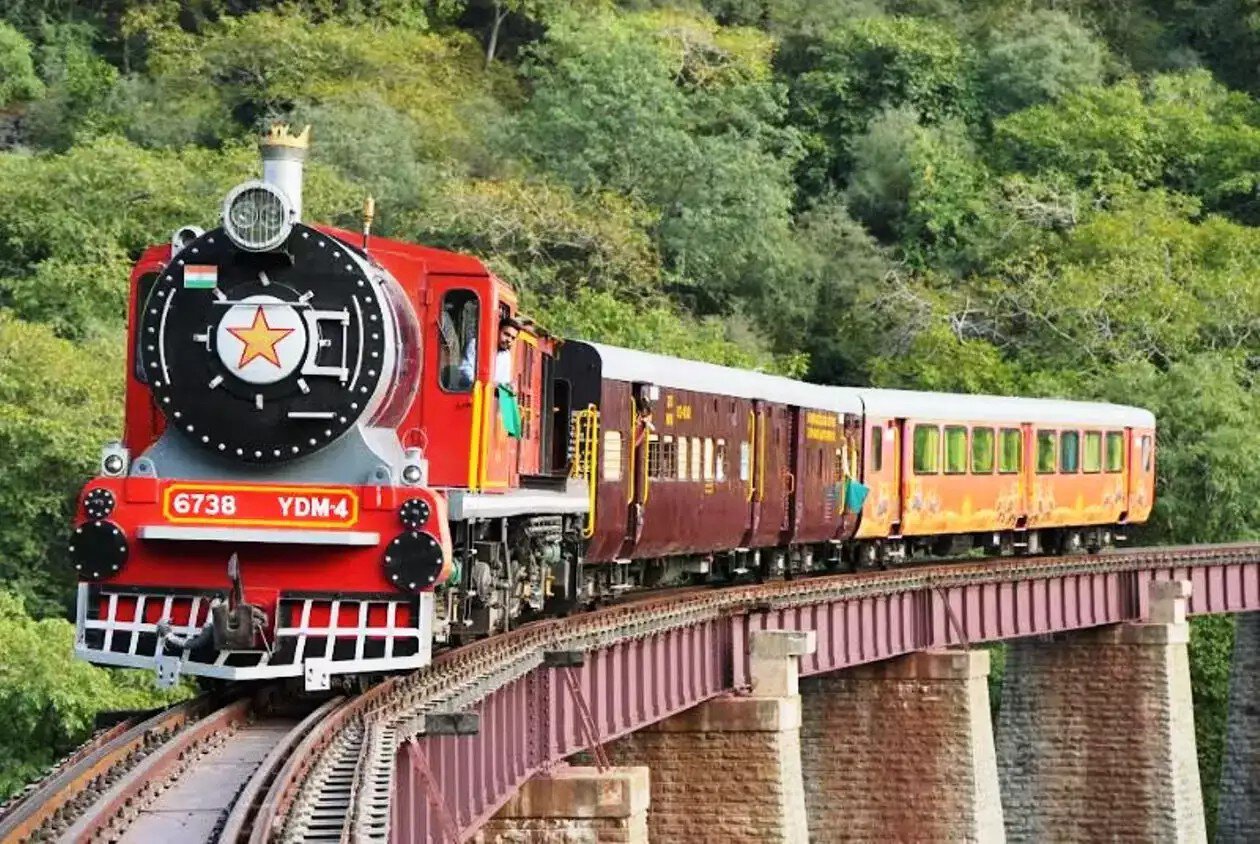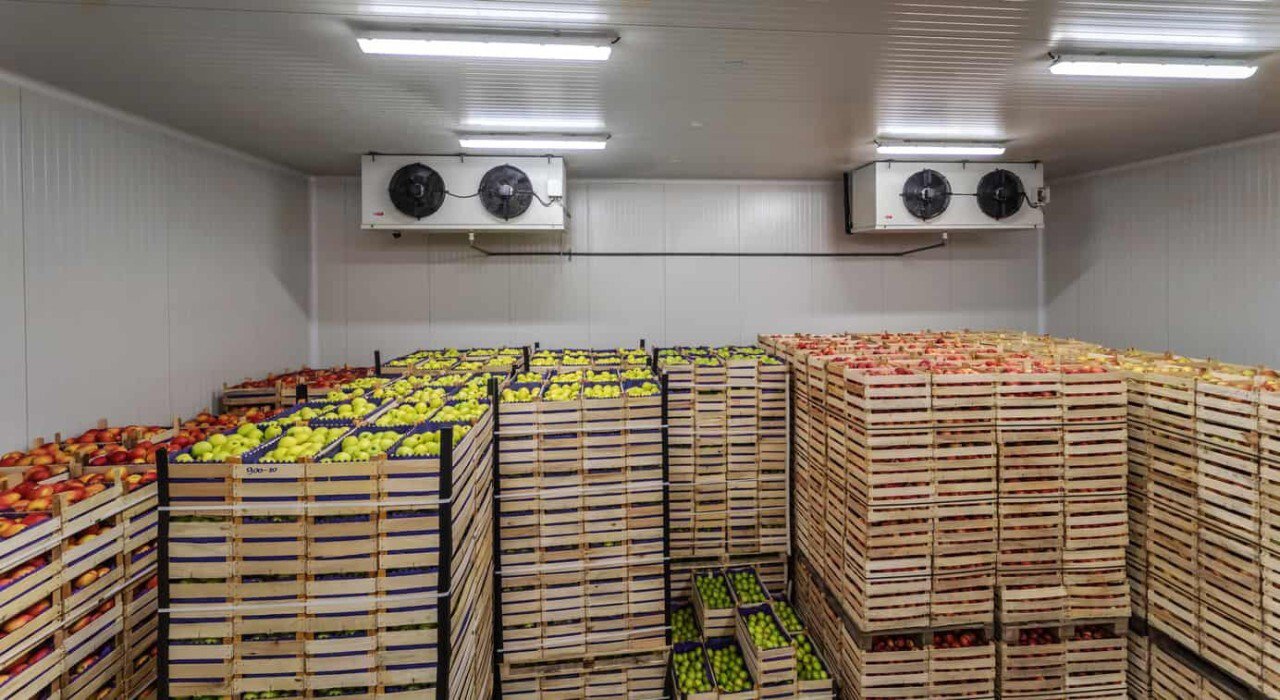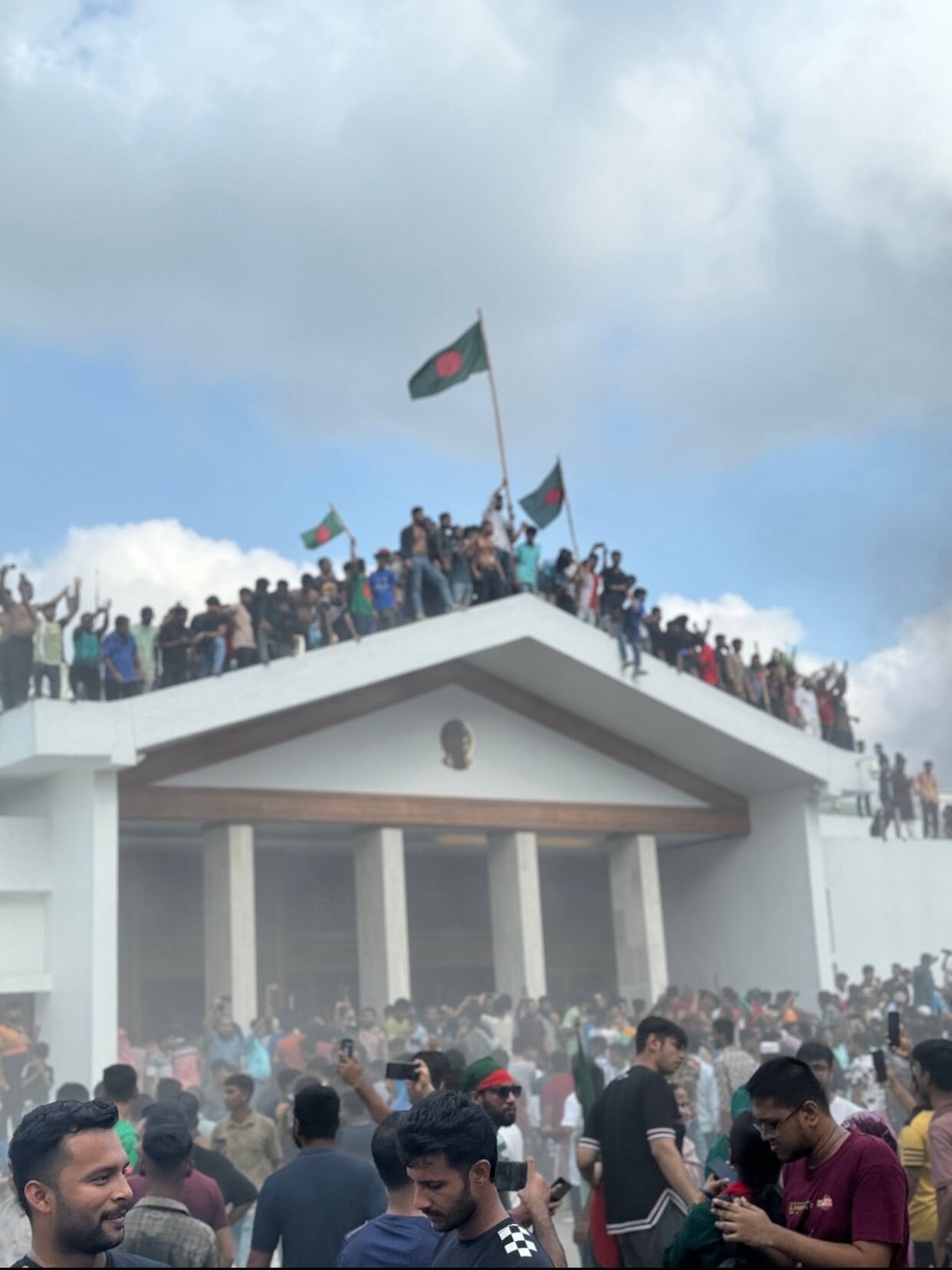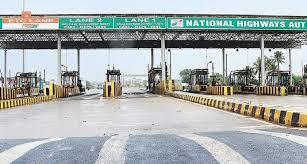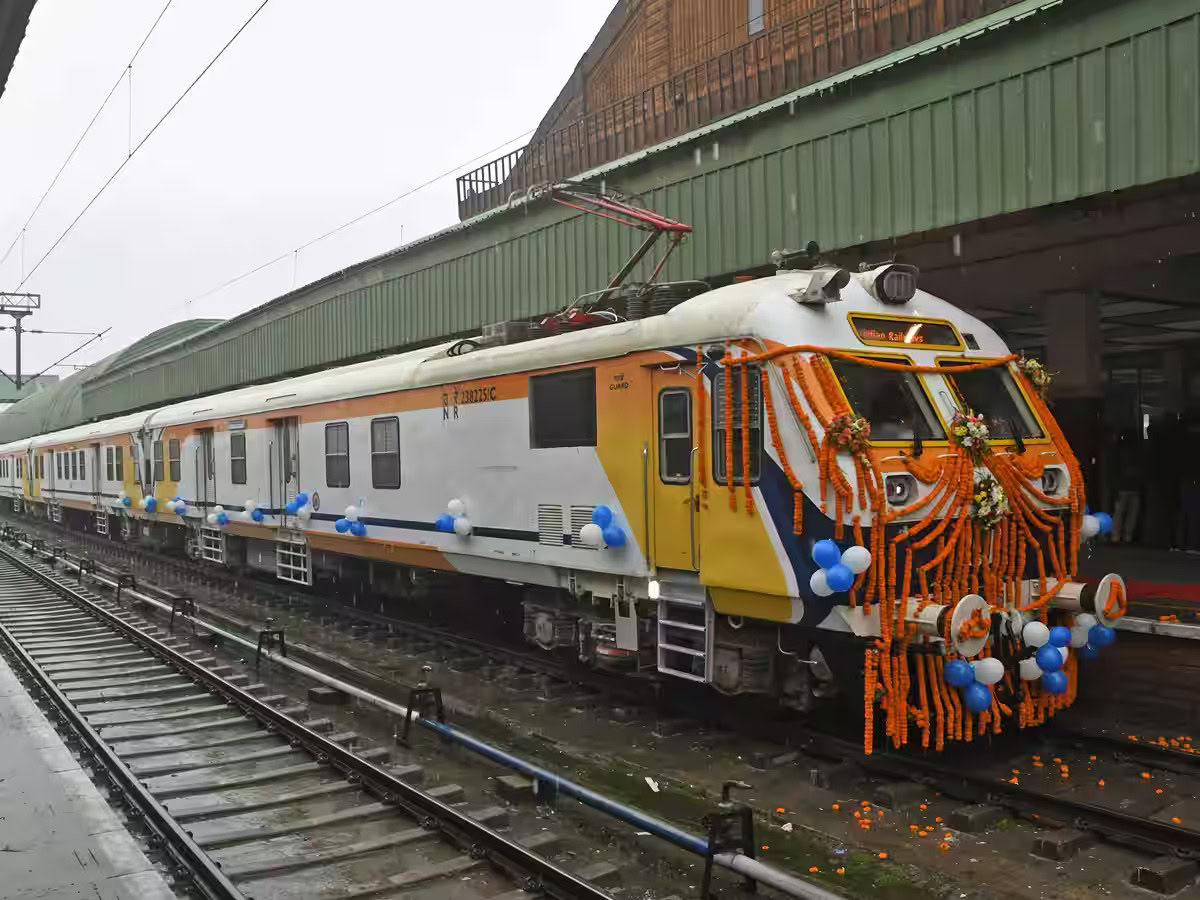Rajyavardhan Singh Rathore got angry about the assault of an army soldier by the police at Jaipur. In Rajasthan, a serving army officer was beaten up by some police. A shameful case of beating an army soldier by stripping him of his clothes has come to light in the Shiprapath police station area of Jaipur. Moreover, the soldier was told that the police were the father of the army.
As soon as information about the incident was received, Industries and Military Welfare Minister Rajyavardhan Singh Rathore reached Shiprapath police station on Monday and scolded the police officers. On the other hand, Police Commissioner Biju George Joseph has put four police constables and an SI on the line in the assault case.
According to the information, on August 11, Shiprapath police station raided a club and caught many people at the hookah bar. An acquaintance of army soldier Arvind was also involved in this. Then Arvind was called to Shiprapath police station, he reached the station and started talking to Sub Inspector Banna Lal. Arvind alleges that Bannalal did not behave well with him and started abusing him.
Army soldier Arvind was locked up and beaten
Arvind says that he told SI Bannalal that he is an army soldier and is posted in Kashmir. Due to this, Bannalal became more upset and started beating Arvind while abusing him. Arvind alleged that Bannalal put him in the lockup along with the criminals and made them remove his clothes. Furthermore, he was made to sit nude between criminals. Moreover, the police beat him up and said that the police were the father of the army.
The victim complained about this to Soldier Welfare Minister Rajyavardhan Singh Rathore. Afterwards, on getting information about the incident, Minister Rathod reached the police station and answered questions from the police officers. During this time many police officers also arrived. Furthermore, Rajyavardhan showed evidence of assault on the victim on his mobile. On this, ACP Sanjay Sharma argued that the soldier abused the police. Moreover, he has also been abused.

Rajyavardhan Singh Rathore scolded police officers
Rajyavardhan Singh expressed his displeasure over ACP Sanjay Sharma interrupting him. He said- You don’t even know the basic protocol, I am talking. Who are you talking to there? You didn’t learn basic manners. He said that you have not learned basic manners or your uniform has become a different robe. Do you have any patience, any service to the public in your mind? Or bullying. A video of Rajyavardhan Singh Rathore is also viral on social media, in which he can be seen reprimanding the police officer.
Minister Rathod said that the soldier posted in Kashmir comes to Jaipur. The police catch him, strip him, and beat him. This is sad. Furthermore, he said this shows a disgusting mentality. It is cowardice to intimidate those who protect the country with their uniforms.
The minister said that this comes under the zero-tolerance policy of the government. The power to the police has been given by the country’s constitution and government. There is responsibility behind it also. I have seen the medical report of the soldier. Have seen the pictures. An Indian soldier is being beaten badly by five police officers and constables. Rajyavardhan Singh Rathore has also spoken to the DGP and Police Commissioner and given them complete information.
The minister said that he has been in uniform and he has full faith in the Rajasthan Police. They will get the police personnel who did this (assaulting the army jawan) mentally examined, will get treatment and will also take action. Such people are a threat to society who have such mentality and who are law-abiding. Rajyavardhan Singh Rathore also got upset because of his background in the Indian Army. Let’s know more about him.

Rajyavardhan Singh Rathore Biography
Rajyavardhan Singh Rathore is a prominent Indian politician and a former officer in the Indian Army. He is also a celebrated sportsman, particularly known for his achievements in shooting. Here’s an overview of his life and career:
Early Life and Education
- Born: January 29, 1970, in Jaisalmer, Rajasthan, India.
- Family: Rajyavardhan belongs to a Rajput family with a military background.
- Education: He studied at the National Defence Academy (NDA) and later graduated from the Indian Military Academy (IMA), Dehradun.
Military Career

Be an Agniveer
know the benefits and drawbacks and decide to choose a career.
- Service: Rajyavardhan Rathore served in the Indian Army as an officer. He was commissioned in the 9th Grenadiers Regiment.
- Rank: He rose to the rank of Colonel during his service.
- Military Operations: He participated in various operations, including counter-insurgency operations in Jammu, Kashmir and other parts of India.
- Awards: Rajyavardhan was honoured with several military awards, including the Sena Medal for his exceptional service.
Sports Career

- Shooting: Rajyavardhan Rathore is best known for his achievements in the sport of shooting.
- 2004 Athens Olympics: He won the Silver Medal in Men’s Double Trap Shooting, becoming the first Indian to win a silver in an individual event at the Olympics.
- Other Achievements: He also won numerous medals at the Commonwealth Games, Asian Games, and other international shooting championships.
- Awards in Sports:
- Rajiv Gandhi Khel Ratna: India’s highest sporting honour.
- Padma Shri: The fourth-highest civilian award in India.
Political Career of Rajyavardhan Singh Rathore
- Entry into Politics: Rajyavardhan Singh Rathore joined the Bharatiya Janata Party (BJP) in 2013, following his retirement from the Army.
- Member of Parliament: He was elected as a Member of Parliament (MP) from the Jaipur Rural constituency in Rajasthan in the 2014 general elections.
- Ministerial Roles:
- Minister of State for Information and Broadcasting: Appointed in 2014.
- Minister of State (Independent Charge) for Youth Affairs and Sports: Appointed in 2017, during which he focused on promoting sports in India and implementing schemes like Khelo India.
- Re-election: He was re-elected as an MP from Jaipur Rural in the 2019 general elections.
Personal Life

- Spouse: Rajyavardhan is married to Gayatri Rathore.
- Children: They have two children.
- Interests: Apart from sports and politics, Rajyavardhan is also interested in fitness and has been an advocate for a healthy lifestyle.
Legacy
Rajyavardhan Singh Rathore is admired for his discipline, dedication, and commitment to his country, both in his military and political careers. His achievements in sports, particularly his Olympic success, have inspired many young athletes in India. As a politician, he continues to play a significant role in shaping policies, particularly in the areas of youth and sports.

